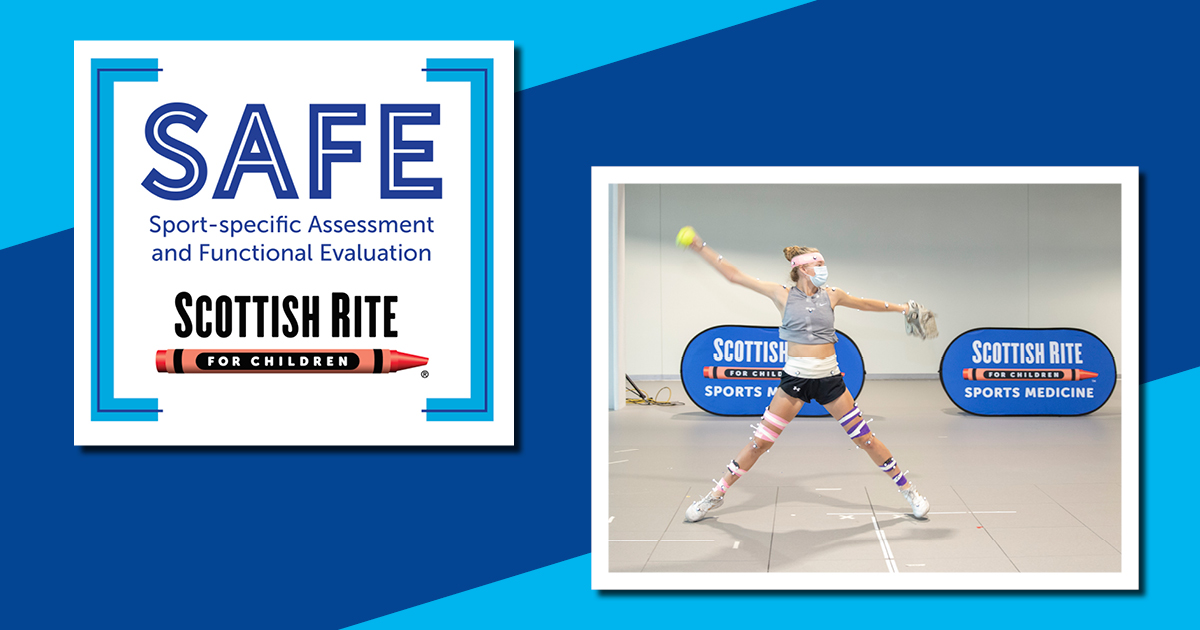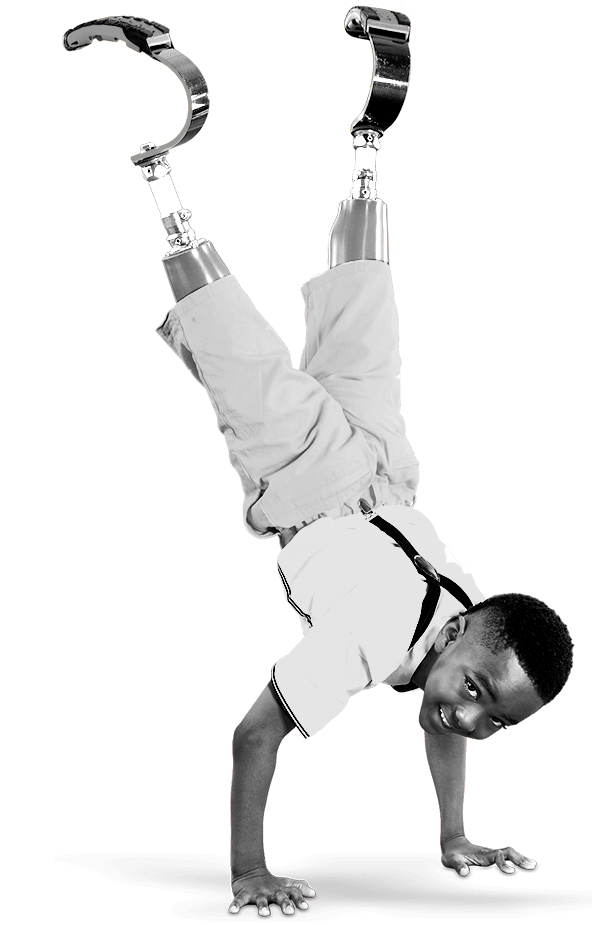
Apr 07, 2022 / Sports Medicine
SAFE: Sports-Specific Assessment and Functional Evaluation
The Movement Science Lab in Frisco is leading a research initiative called the SAFE Program. The Sports-specific Assessment and Functional Evaluation is a project which is designed to collect movement data on a large scale in the youth population.
The program invites athletes and sports teams of all ages and skill levels to perform a variety of sport-related movement tasks to assess mobility, movement quality, speed and strength. The testing can be performed in our Movement Science Lab in Frisco or in community settings including:
“We are trying to identify how healthy athletes move so that we can better identify risk factors that will help reduce the risk of injuries in young athletes in the future,” says Sophia Ulman, Ph.D. She explains this requires a large amount of data because of the many variables being considered.
SAFE data collection includes:
“We are in very early stages of data collection, but recent initiatives involve validating sport-specific screens in young athletes that may be used by coaches or trainers to identify injury risk,” says Ulman. “We are very excited about recent progress with the SAFE Program and its potential for reducing risk of injury in kids.”
Some signs of injury risk include:
Participation in testing lasts approximately one hour. The athlete:
Learn more about the SAFE Program and how it all started!
To learn more about Movement Science, please call 469-515-7160 or email MSL.Frisco@tsrh.org.
The program invites athletes and sports teams of all ages and skill levels to perform a variety of sport-related movement tasks to assess mobility, movement quality, speed and strength. The testing can be performed in our Movement Science Lab in Frisco or in community settings including:
- Sports camps
- Club and recreational facilities
- Community courts or fields
- Schools
- Tournaments
“We are trying to identify how healthy athletes move so that we can better identify risk factors that will help reduce the risk of injuries in young athletes in the future,” says Sophia Ulman, Ph.D. She explains this requires a large amount of data because of the many variables being considered.
SAFE data collection includes:
- Jumping assessments
- Speed drills
- Mobility and flexibility measurements
- Strength testing
- Surveys regarding sports participation characteristics
“We are in very early stages of data collection, but recent initiatives involve validating sport-specific screens in young athletes that may be used by coaches or trainers to identify injury risk,” says Ulman. “We are very excited about recent progress with the SAFE Program and its potential for reducing risk of injury in kids.”
Some signs of injury risk include:
- Limb-to-limb asymmetry in jump performance or strength
- Limited range of motion in the ankle which leads to stiffer landings
- Poor knee position when landing; it is not healthy for the knee to collapse inward
Participation in testing lasts approximately one hour. The athlete:
- will learn about motion-capture technology which is also used to create video games and special effects in movies.
- may receive volunteer service hours for participating and may volunteer in other research projects if interested.
- will get to take home a metrics sheet from the testing session which includes exercises intended to improve aspects of the testing elements.
- will receive an invitation to participate in a Scottish Rite performance program for individualized training with exercise recommendations that directly address the athlete’s deficiencies.
Learn more about the SAFE Program and how it all started!
To learn more about Movement Science, please call 469-515-7160 or email MSL.Frisco@tsrh.org.



